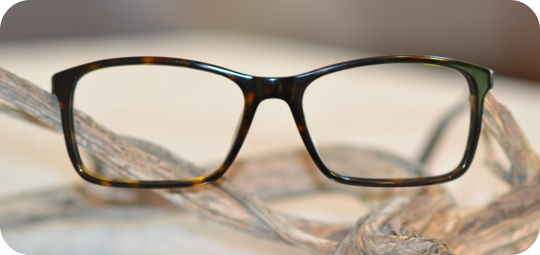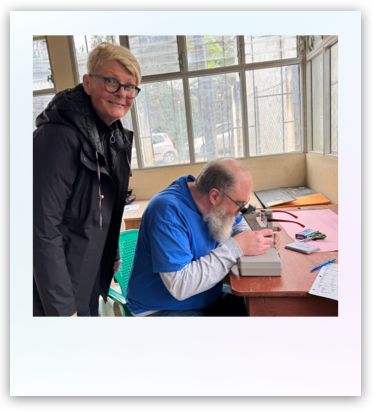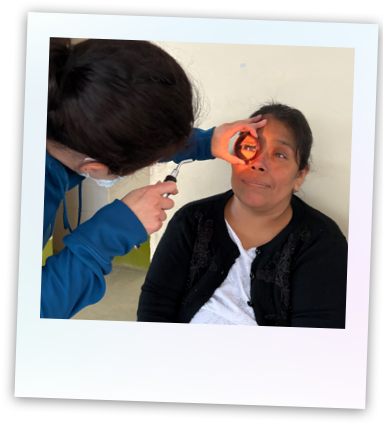A Close Look at Macular Holes
Your body changes over time; sometimes for the better, sometimes for the worse. While we can’t always change this fact, we can educate ourselves so we know what to look for, and when a change requires medical attention.
In this article, we’ll be covering macular holes; what you need to know, and what you need to watch for.
Understanding Macular Holes
What is the Macula?
The inner back wall of your eye is covered by a system of tissues called the retina. Light is projected onto the retina, which then stimulates your optic nerve to send a message to your brain, telling it what your eye is seeing.
The macula is a hyper-sensitive group of cells in the centre of the retina. This area is responsible for your central vision and allows you to see colour and detail with clarity. If the macula is obstructed or damaged (such as with age-related macular degeneration), the central vision is diminished, or even lost completely.
What Causes Macular Holes?
A macular hole can occur as the result of any number of factors. For the most part, they seem to happen as a normal part of ageing (though macular holes are not the same as age-related macular degeneration); the majority of patients suffering from macular holes are women over the age of 60. Some of the other risk factors associated with macular holes are:
- Retinal detachment
- Diabetic eye disease
- Extreme cases of myopia
- Injury to the eye
Symptoms
Macular holes usually open slowly over time. Though they are not painful, you may notice a blurring of loss of acuity in one eye. Sometimes straight lines or grids will start to appear wavy or distorted.
An Eye Health Exam Will Help Us Find Macular Holes Early
The sooner we find a macular hole, the sooner we can treat it. Keeping up with annual eye health exams is the best way to monitor your overall eye health and detect any subtle vision problems you may be experiencing.
Repairing Macular Holes
The best and most popular method of treating macular holes is through a surgery called a vitrectomy. Because macular holes frequently occur due the gel (called the vitreous) inside the eye moving away from and pulling on the retina, the ophthalmologist will actually remove the vitreous to eliminate this pulling.
The vitreous is replaced with a gas and air mixture. This creates a sort of bubble, which holds the macula in place and allows the hole to heal. Over time, this bubble will dissipate, allowing eye fluids to replace it.
Post Surgery
There is a very specific set of rules you must follow closely if you want your eye to heal properly. You must lay face down for 2 to 3 weeks to keep the air bubble in place. It’s also crucial that you avoid air travel for a number of months after surgery, as pressure changes could affect the bubble and cause significant damage to the eye.
























